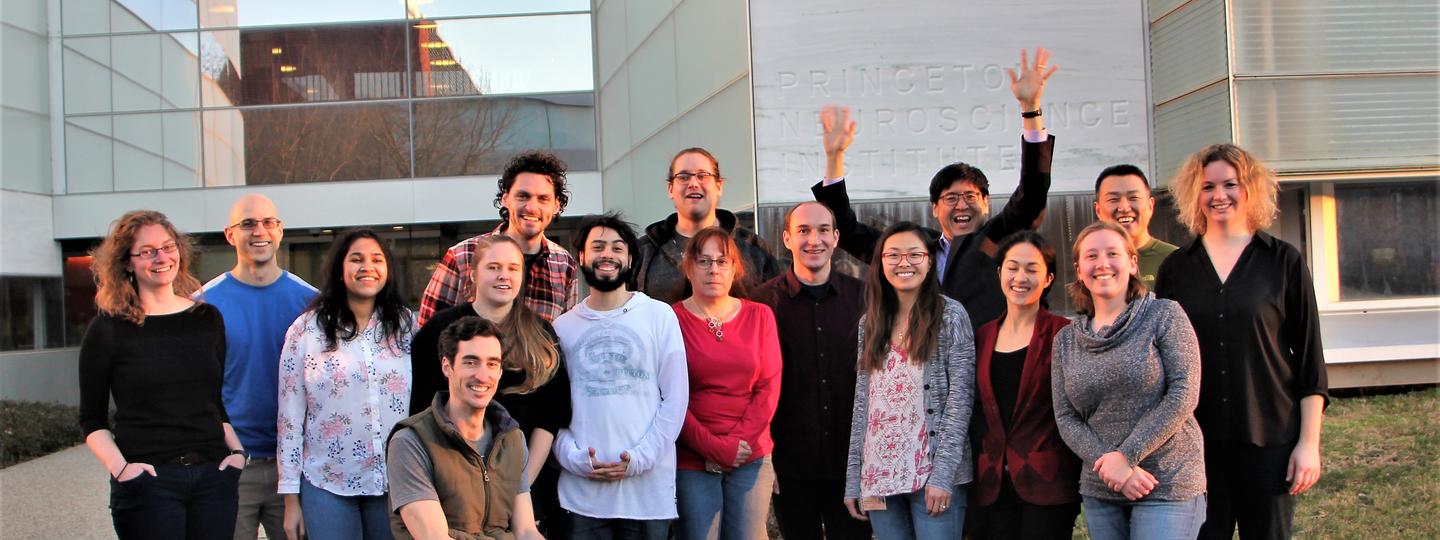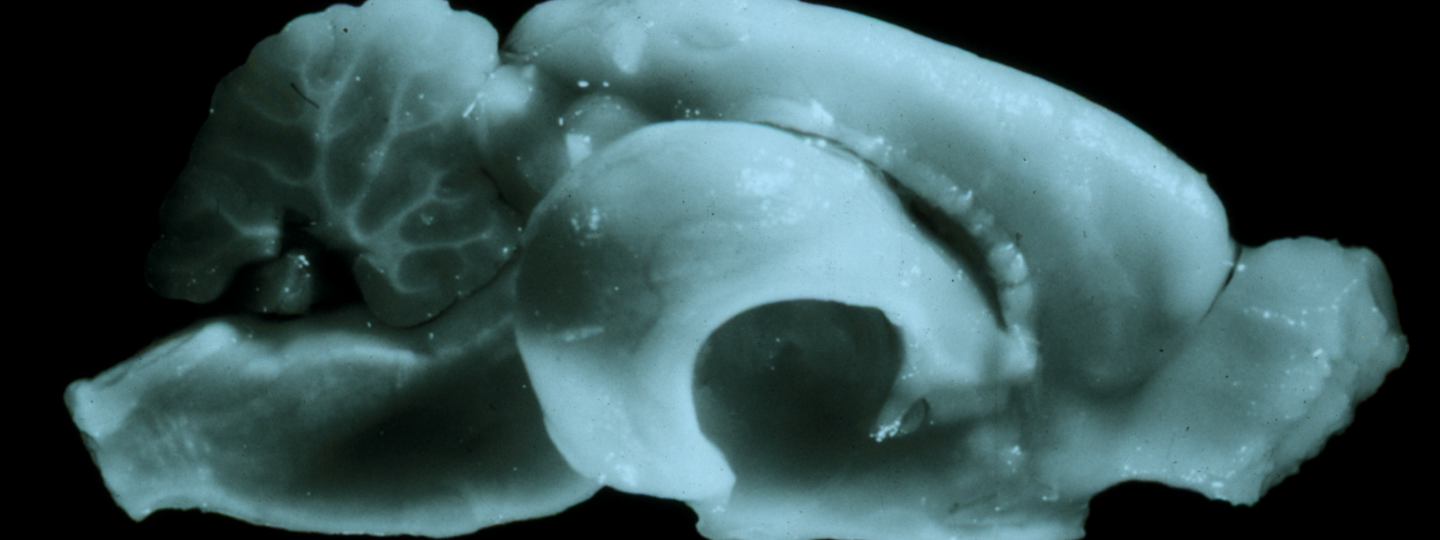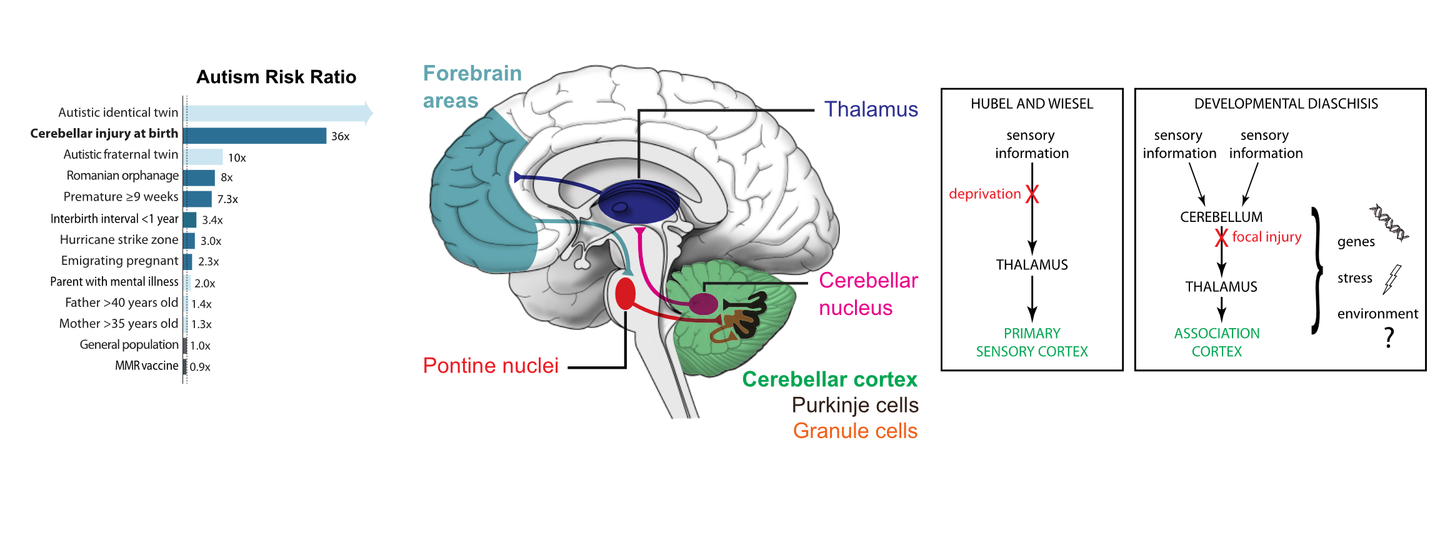Much of our effort focuses on the cerebellum, a structure that until recently was known mainly for guiding movement. We explore how this structure may also guide flexible behavior and even early-life cognitive development.
This idea would account for the fact that early-life injury to the cerebellum confers one of the largest known risk ratios for autism spectrum disorder. Autism is known to have largely genetic roots. Our hypothesis would open the possibility that genes that cause autism might do so in part by influencing cerebellar function.
We believe the cerebellum performs all of these functions by generating subsecond predictions from a massive convergence of internal information. Testing this idea requires a wide variety of advanced methods for probing brain circuitry. Tools used by the laboratory include two-photon in vivo fluorescence microscopy, whole-brain reconstruction of pathways using light-sheet microscopy, fast-responding calcium indicator proteins, and machine-learning-based methods for tracking behavior automatically.
For Sam Wang's research on elections, see election.princeton.edu and gerrymander.princeton.edu.
Read more: Wang Lab Research





